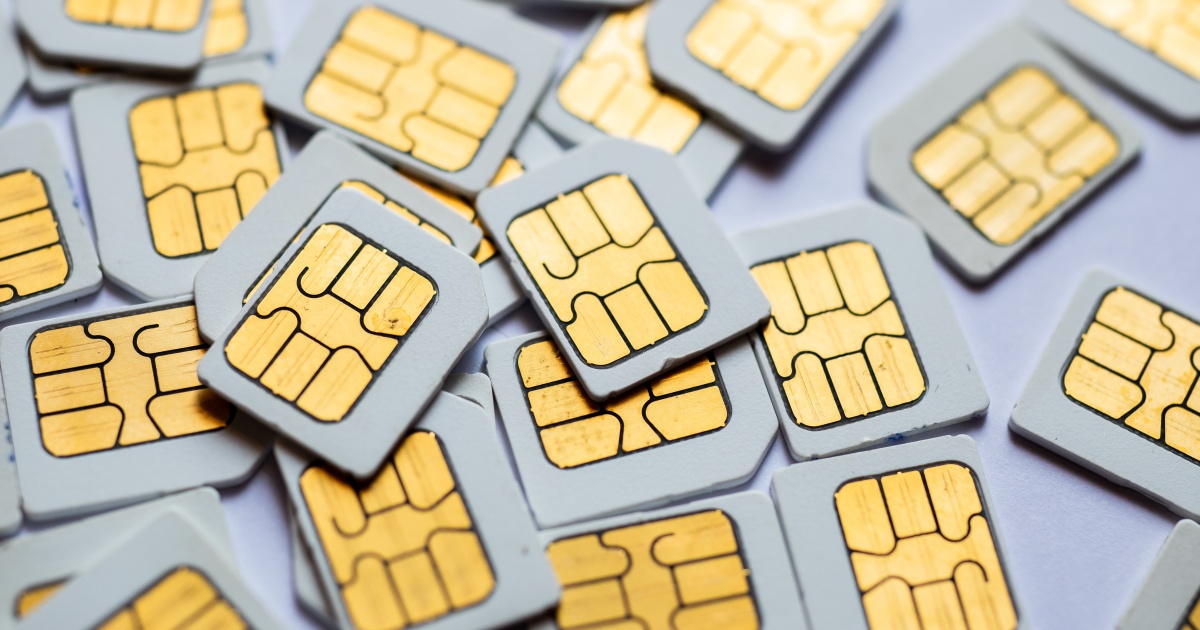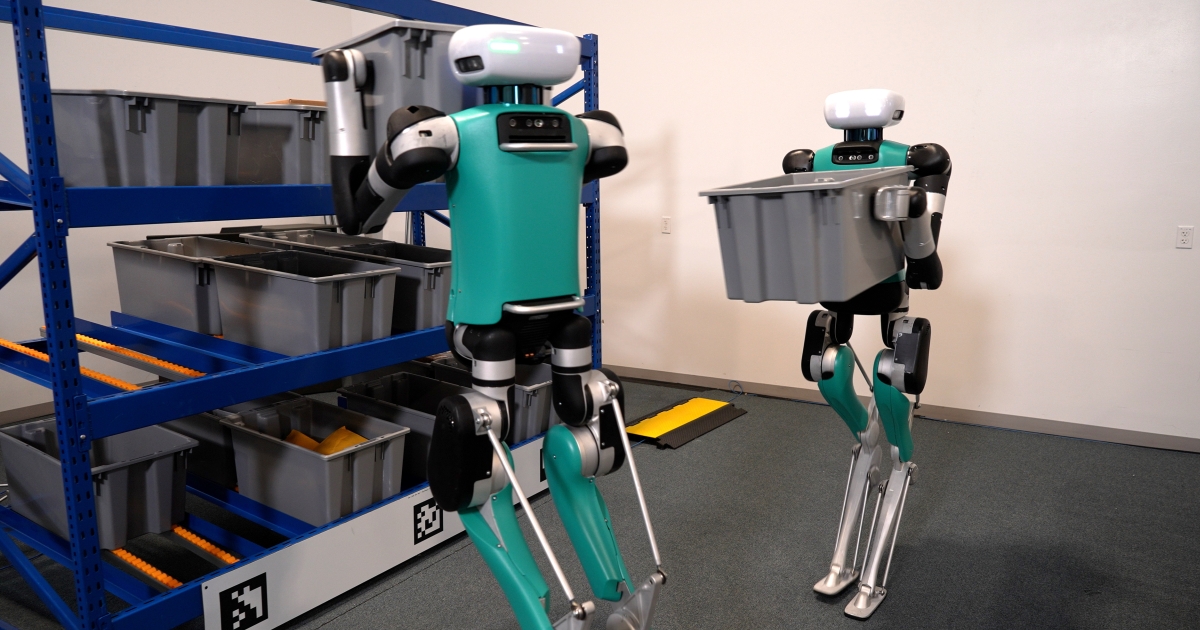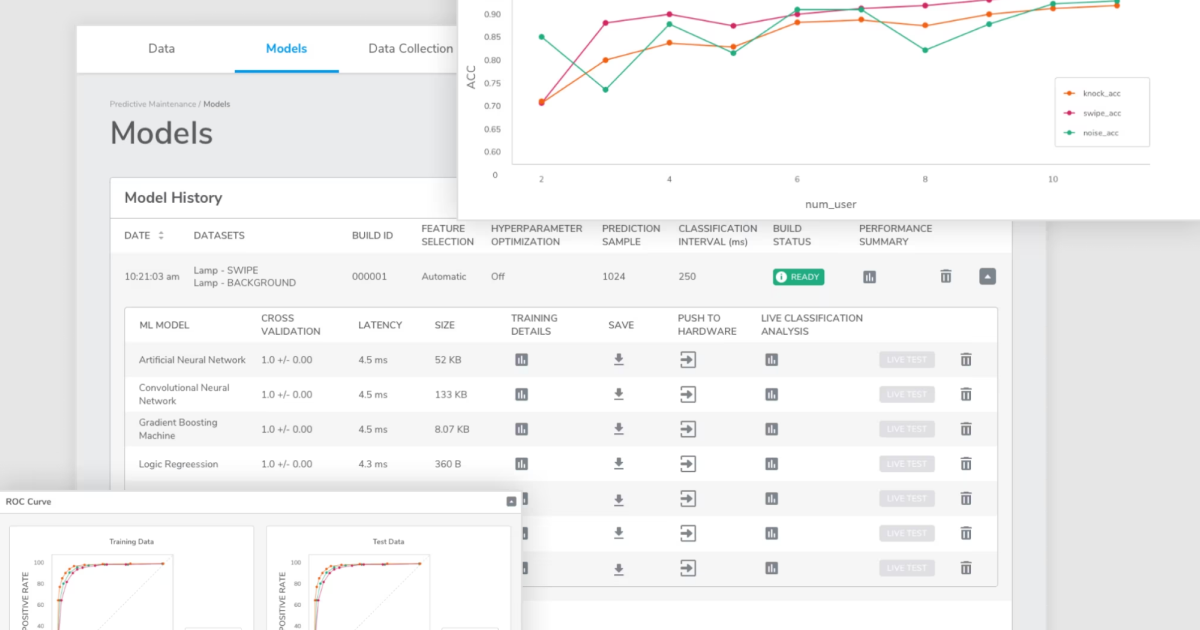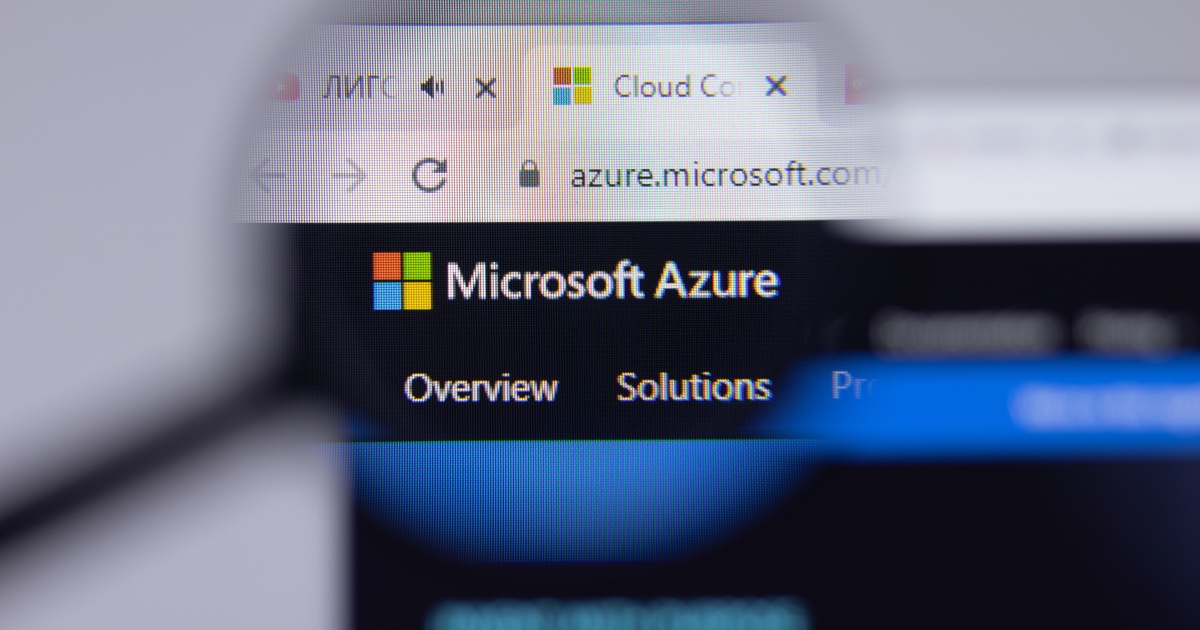Welcome to 2017, a shiny new year, and along with it pundits, predictions and the usual “billions and billions of endpoints” to paraphrase Carl Sagan’s “billions and billions of stars.” At the end of last year, we sat down with the co-founder of Airfi Networks, Dariush Zand, who shared his own view of what it will take for the consumer IoT to really take flight in 2017. Airfield, established in 2014, is helping to enable cellular connectivity for a range of devices.
The IoT has been growing, but not as fast as many experts predicted, and to some degree this comes as a result of tremendous vision and innovation that has been outpacing the network and technology worlds’ ability to keep up when it comes to the security, performance and economics necessary to truly manifest massive consumer adoption, in particular.
While the Industrial IoT (IIoT) has been tracking to its promise, the consumer IoT world is still living in the Wild, Wild West and thus vulnerable to hacks and attacks, which drove a lot of dramatic headlines in 2016, including Distributed Denial of Service (DDoS) attacks.
At the same time, consumers are enamored of smart things in their cars, homes, and on their bodies, with retailers promoting everything from home security systems to home lighting systems, fitness trackers, home health delivery monitors, and more.
So amped up are the brands on the potential of connected consumer things, they pushed out a record number of innovations during the heavy holiday shopping period. We’re breathless in anticipation of even more product launches at the Consumer Electronics Show (CES) this week in Las Vegas this week.
But we’re also continuing to wonder – how do all these things actually get connected – by consumers – to networks they can trust?
How can consumers activate, how can the networks then provision, how can the brands best serve those consumers in setting up and managing their smart devices and smart homes? The “elephant in the living room” of consumer IoT is the requirement to make buying, initiating, and using smart products so intuitive for consumers those products “just work.”
A relatively small start-up (founded only two and a half years ago) have cracked some of this code, so persuasively that last month they announced a partnership with one of the largest and most ubiquitous network services companies in the world – AT&T.
In an interview the last day of last year, co-founder and Chief Commercial Officer Dariush Zand said Airfi Networks’ team recognized a big problem and set out to solve it with software. And while they have been working with large manufacturers they are also making their provisioning and management software platform accessible for small, untraditional “OEMs” as well.
“We made a very conscious choice to make life and business easier for all participants in the consumer IoT world – to make smart products simpler and more secure for consumers, the brands who serve them, the retailers who market the products and the network service providers who connect products and applications. We took on the challenge, and our decision to ensure all these audiences were well served has paid off,” Mr. Zand said.
The twelve-employee company, with a lean but experienced leadership team, and a group of developers, already counted among its named partners and customers Gemalto, Mosaik, Rogers, MSL Group, Oasis, Telit, Taoglas LocationAPI and Connected Development.
Its announcement with AT&T in early December reset the bar, as Airfi continues to integrate with more and more IoT “ecosystem” players. A few weeks before announcing a partnership with AT&T, Airfi introduced its Catalyst platform, which it described in its news release as a “turnkey platform…designed to enable original equipment manufacturers (OEMs) to quickly and easily integrate connected devices with cellular networks without having to invest significant time, money and effort.”
Catalyst includes a end-user lifecycle management application (easy for consumers to interact with via web and mobile web), a RESTful API making integration of OEM’s systems faster and less expensive than custom development, and a portal and interface for managing end users.
“Our secret sauce is our platform,” Zand said. “Everything we do is done with the intention is to improve the quality of the platform to benefit customers, whether it’s making it easy for consumers to enroll and connect their devices, or get support for services once connected.”
“Catalyst by Airfi is helping our customers reduce time-to-market and easily take advantage of our 4G LTE connectivity,” said Chris Penrose, President, Internet of Things, AT&T, in the companies’ announcement. “The combination of AT&T’s network alongside Airfi’s platform and delivery expertise provides an end-to-end solution and helps reduce complexity for customers.”
Airfi, through the Catalyst platform, works with AT&T and other wireless carriers globally to make it easy for their OEM customers to reduce development cycles and speed up time-to-market for connected products.
“We founded Airfi back in 2014 after our team spent years working with Tier One carriers and service providers starting in the 1990s, and moving through the evolution from GPRS in 2001 to 3G in 2005, moving up to 4G and finding the process of providing services to end consumer horrifically over complicated,” Zand said, “These processes and the customized software ended up being over-engineered, complex, user-un-friendly, and generally a mess.”
“We recognized IoT was going to be a significant revolution for the entire world, with more connected devices than people,” he continued. “We knew there had to be a better way to connect devices, and last year came to the US market given that it is by far the largest for consumer electronics, primarily sold through retail stores. How can OEM’s activate, enroll and manage their subscribers after the Point-of-Sale?”
The company started in 2014 with a business plan, concept, and value proposition around Machine-to-Machine challenges, and created a global SIM able to work anywhere in the world, on both low and high bandwidth networks.
In late 2015, Zand said they learned consumers demands were very high, and learned also that the big revenue opportunities were growing in wearables and home automation. They also learned OEMs needed support in providing experiences that worked with both low and high bandwidth services (example low power battery operated connectivity up to high power connected video services, including home security streaming video cameras).
“Companies who are great at creating the actual home security cameras are not used to being in the consumer services business,” Zand said, “and we made it a lot less scary for them to be able to go to market with digital products, running over networks.”
Those brands also had ambitions to market their products globally, meaning they had to work with a number of network service providers, like AT&T, to bring a complete package to consumers.
“We’re something of an interconnection play, but not in the traditional telecom sense,” Zand said. “We’re just making it easier for companies like AT&T to partner with OEMs to bring real time services to consumers when they buy and set up their connected products. One platform, which can be easily rebranded by the OEM or the network provider, with a universal architecture that can be adapted in days or weeks, not months or even years. API friendly, open, and available immediately – these are the attributes our partners and customers are appreciating.”
Given a background in “last generation” telecom, the Airfi team didn’t forget to include APIs for things like payment, activation, billing and support.
In 2017, the company plans to continue to work with AT&T and brand manufacturing connected products, while expanding mainly in North America, Canada and Mexico, where they see the need is greatest. “Working with major, massive companies like AT&T can seem daunting in the beginning,” Zand said, “but we ‘connected’ on a lot of levels with the innovators at AT&T, particularly in their IoT business group. It’s an exciting time for a company whose third birthday is yet to come, but at the same time, there’s something powerful about combining the fearlessness and freedom of startups with established companies at the top of their game, like AT&T.”
Edited by
Ken Briodagh





